To gain adequate clearance to avoid harm from the live parts A few key NEC articles that address this issue are Article —Requires that sufficient access and working space shall be provided and maintained around all electrical equipment to permit ready and safe operation and maintenance of such equipmentWorking clearance Sections and of the NEC require working clearance in front of any equipment that may require examination, adjustment servicing, or maintenance while energized This requirement, intended to allow an electrician to safely work on energized equipment, applies to switchgear, distribution panels, motor control centers,• nec • adopted by the louisiana legislature as law • not a design manual • is a minimum standard nec article working space shall be provided and maintained about all electric equipment likely to require while energized working space shall be provided and
Standard Height Of Switches And Outlets
Nec 110.26 working clearance
Nec 110.26 working clearance-The general requirements for electrical rooms are covered in Article 110 of the National Electrical Code (11 Edition) This blog post references some requirements, but its purpose is to be informational, not to be used in place of the NEC The best recommendation is to work with qualified design professionals, who are familiarized with all applicable codes and standards forWe have an issue



Teces Org
NEC Table , updated from 600 V to 1000 V in 17 Minimum clearances are established for work spaces in front of high voltage electrical equipment such as switchboards, control panels, switches, circuit breakers, switchgear and motor controllersNEC Section requires electrical equipment that is likely to require servicing, examination, or adjustment while energized must be provided with the working clearances of this Section, and the working clearance shall permit at least aClearance Tables Working Space around Indoor Panel/Circuit Board (NES 3122) Clearance around an Indoor electrical panel (NEC ) Clearance for Conductor Entering in Panel (NES 4085) Clearance between Bare Metal Busbar in Panel (NES 4085) Clearance of Outdoor electrical panel to Fence/Wall (NES )
– What's the right working clearance for a given installation?NEC Table (A)(1) provides the minimum required work space depth for electrical equipment rated volts (to ground) that is likely to be examined or worked on while energized For quite some time, this table stopped at 600 volts and the work space depth for anything higher than that was determined from Table in Part III of Article 110Nec working clearance Analysis Section (A)(3) describes the height of the working space and allows for electrical equipment to intrude into the working space for a maximum depth of 6 This can often be seen in equipment rooms that have a wireway protruding outward above or below a panelboard The Code has long been silent on the
The National Electrical Code Section (A) Working Space states in part, "Working space for equipment operating at 600 volts, nominal, or less to ground and likely to require examination, adjustment, servicing, or(1) Suitability for installation and use in accordance with the NEC INTRODUCTION TO ARTICLE 110—REQUIREMENTS FOR ELECTRICAL INSTALLATIONS Article 110 sets the stage for how you'll implement the rest of the NEC This article contains a few of the most important and yet neglected parts of the Code For exampleNEC requires electrical equipment (including electrical panels) to be located to provide required working clearances about the equipment Electrical equipment must have a minimum 30" wide clear working space laterally in front of the equipment
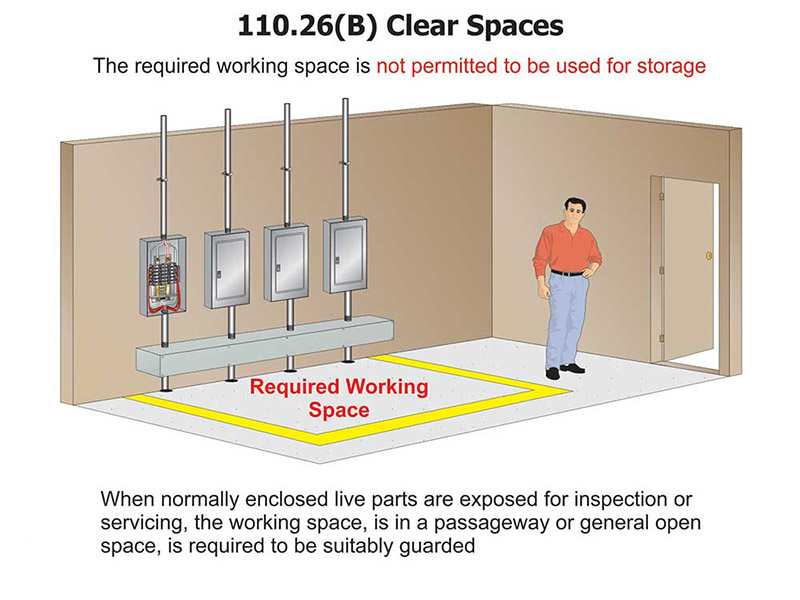



Working Space Requirements For Electrical Panelboards Iaei Magazine
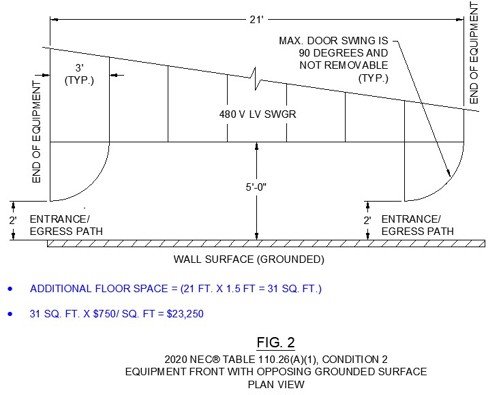



Afpm Summit Nec Revision Reduced Risk For Electrical Workers
The second document also makes a point that the OEM may indicate that a minimum clearance is required to service the equipment, and the OEM minimum clearance can be wider then the isle way requirement Fred RE NEC Working Clearance che (Electrical) 7 FacEngrPE (Mechanical)7Understanding NEC Panel Clearance Requirements When looking into electrical panel clearance safety, you need to start by looking at the requirements put in place by the national electric code, or NECThe relevant section of the national electric code here is NECVisit http//wwwMikeHoltcom/14code to explore Mike's complete range of 14 NEC training products For over 35 years Mike Holt Enterprises has specialized




Working Space Requirements For Electrical Panelboards Iaei Magazine




General Installation Requirements Part Xxxiii Electrical Contractor Magazine
My water softener is 10 too close to the disconnect (Square D nonfused) if I apply a strict interpretation of NEC 30 side working space and I'm wondering if I need to worry about possibly having to move the softener before the condenser is installed and before inspector comes out After reading about this more on the forums, I realized my disconnect is protected byCode Change Summary Code language was revised regarding the entry to and egress from the working space of large electrical equipment In the 17 NEC, the basic rule in Section (2) required an entry/exit at each end of the working space for large equipment when both of the following two circumstances were present Electrical equipment was rated 10Brief description of NEC national electric code working clearances article (A)(1) for the Electrical Exam Academy Study guide




Working Space Requirements For Electrical Panelboards Iaei Magazine



Subpanel Working Clearance Contractor Talk Professional Construction And Remodeling Forum
– What do the temperature limitations at terminals mean?How to determine requirements—Part 1 The requirements in (A)(1) through (A)(3) of the National Electrical Code (NEC) deal with Codeprescribed "working space" at electrical equipment—requirements that in most instances one could argue the clearances described in (A) are only required where it is "likely2) a 30 in wide working space in front of equipment operating at 600V or less;




Requirements For Electrical Installations Pdf Free Download



Mikeholt Com
Meeting the minimum working space requirements in Table (A)(1) may not be enough because the space must also allow a 90degree opening of the equipment doors Let's explore how we got here and where we may go for the edition of the NEC I begin this exploration of space with the 1993 edition– What are the NEC requirements for dealing with fl ash protection?The National Electrical Code (NEC) does not specifically address plumbing pipe clearance, but requires an area clear of any obstructions that is 2'6 wide, 3'0 deep, and 6'6 high around the front of a panel NEC (A) 110 26 C 2 Large Equipment Nec working clearance
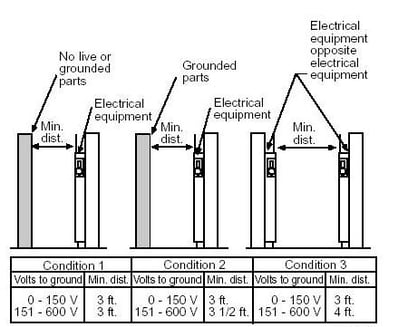



Nec Article 110 Electrical Room Basics Electrical Equipment Rated At 600 V Or Less Article 2 Of 3




Electrical Panel Clearance And New Nec Requirements Safteng
If you have a room that meets the above requirements, (2) states that these electrical rooms must have an entrance/egress that is at least 24 inches wide and 65 feet tall at EACH end of the working space Working space requirements appear in Table (A) (1) Another addition appearing in here is that the equipment doorsNEC (A) (2) states that "the width of the working space in front of the electrical equipment shall be the width of the equipment or 762 mm (30 in), whichever is greater" In addition, this work space shall permit at least a 90degree opening of the panelboard doorThe National Electrical Code NEC (A)(1&2) requires a clear area for access and working in front of an electric panel that is 25 feet (30") wide, 3 feet (36") deep, and 65 feet (78") high for a regular residential 1/240volt panel



Equipment Location And Clearances Upcodes




When Did The Requirement For Clearance In Front Of An Electrical Panel Become Code
Does NEC apply to Transformers?Exhibits , , and illustrate the two distinct indoor installation spaces required by (A) and (E), that is, the working space and the dedicated electrical space In Exhibit , the dedicated electrical space required by (E) is the space outlined by the width and the depth of the equipment (theReviewing A1 and associated table the working space depth is clear on its requirements However I have been told that if you have two switchboards facing each other at 600V where one of the boards is 3000A and the other



Mikeholt Com
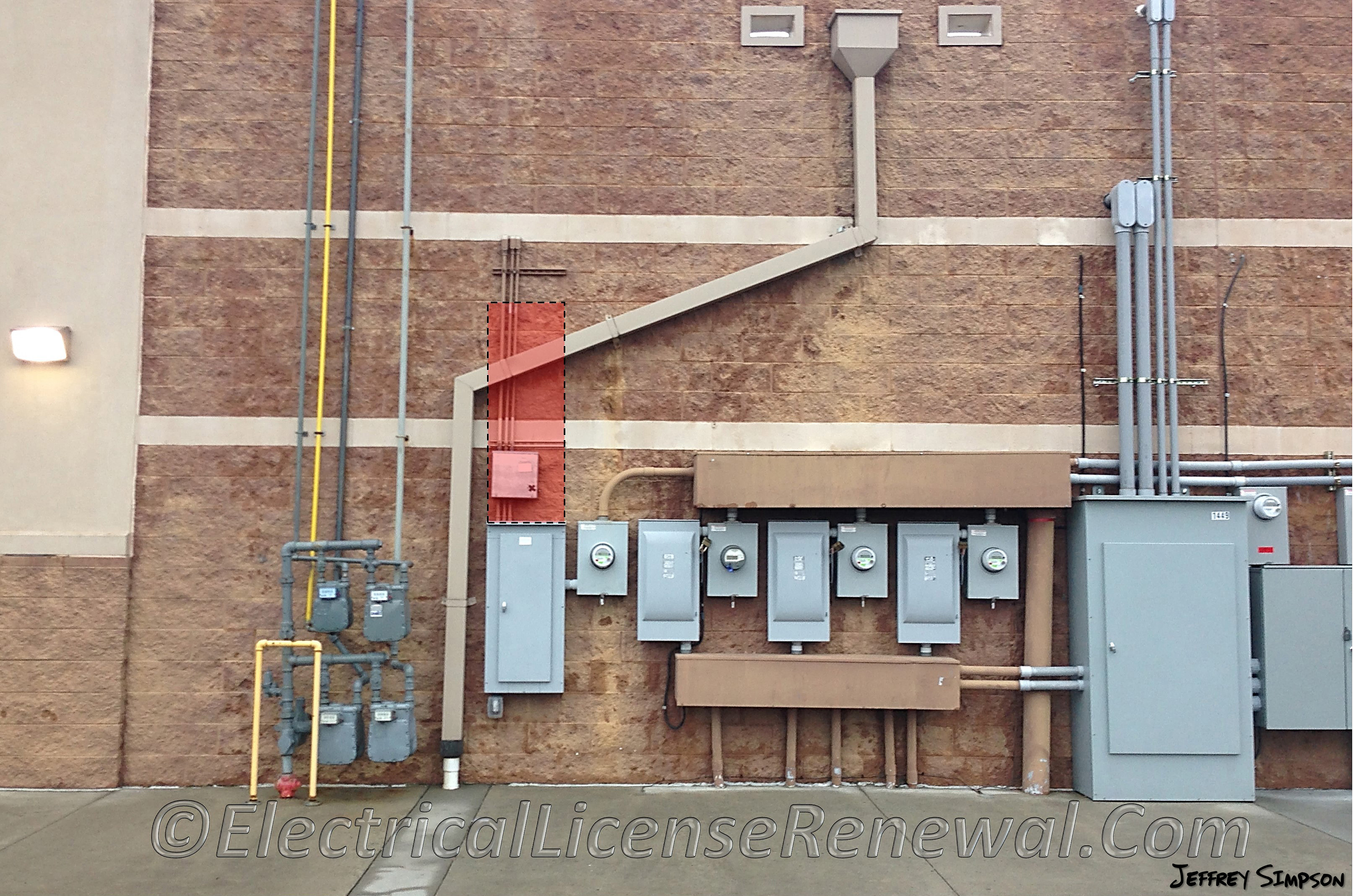



110 26 E 2 Dedicated Equipment Space Outdoors
NEC and 29 CFR (g)(1) require sufficient working space and clearance around electric equipmentThat is, some of the requirements are applicable only where the equipment "is likely to require examination, adjustment, servicing, or maintenance while energized" (A) Working SpaceNEC requires working clearance in front of equipment likely to require calibration, testing, or adjustment while energized This means a 30 by 36 inch space (or larger) in front of panels, access panels on HVAC equipment and fused disconnects




Nec Article 110 Guide 11 Holt Nec Article 110 Guide 11 Holt Docsity



Art109
Working space or safe clearance distances are required around all electrical equipment that is likely to require examination, servicing, adjustment, or maintenance while the equipment is energized To comply with the US NEC Article Spaces About Electrical EquipmentNEC Requirements for Connecting GECs and Bonding Jumpers to Grounding Electrodes Moving Violations Moving Violations Video No 244 Glueless Determining Working Clearances While trying to adhere to these requirements,Spaces about electrical equipment (600V or less) Most people wrongly assume working clearances (depth of working space) are three feet Under some circumstances, the NEC requires them to be more Beyond simply safety, good engineering or




5 7 Entrance To And Egress From Working Space 110 26 C 1 And C 2 Youtube



Standard Height Of Switches And Outlets
NEC A 1 is the section for working clearances An outside wall is assumed to be at ground potential, and the condensing unit is assumed to have live electrical parts inside it This means Condition 2 is in effect A disconnect on a wall and a grounded cabinet of the condensing unit makes this a reciprocal distanceAnd 3) minimum headroom clearance of 6 ft or the height of___ NEC (D) – Illumination shall be provided for the working space containing the electrical service/subpanel ___ NEC 2104(B) – A means shall be provided (handle tie/2pole breaker) to simultaneously disconnect all ungrounded conductors of a multiwire branch circuits at the point the branch circuit originates




Electrical Panel Equipment Working Space Clearance Distances U S Nec Article 110 26
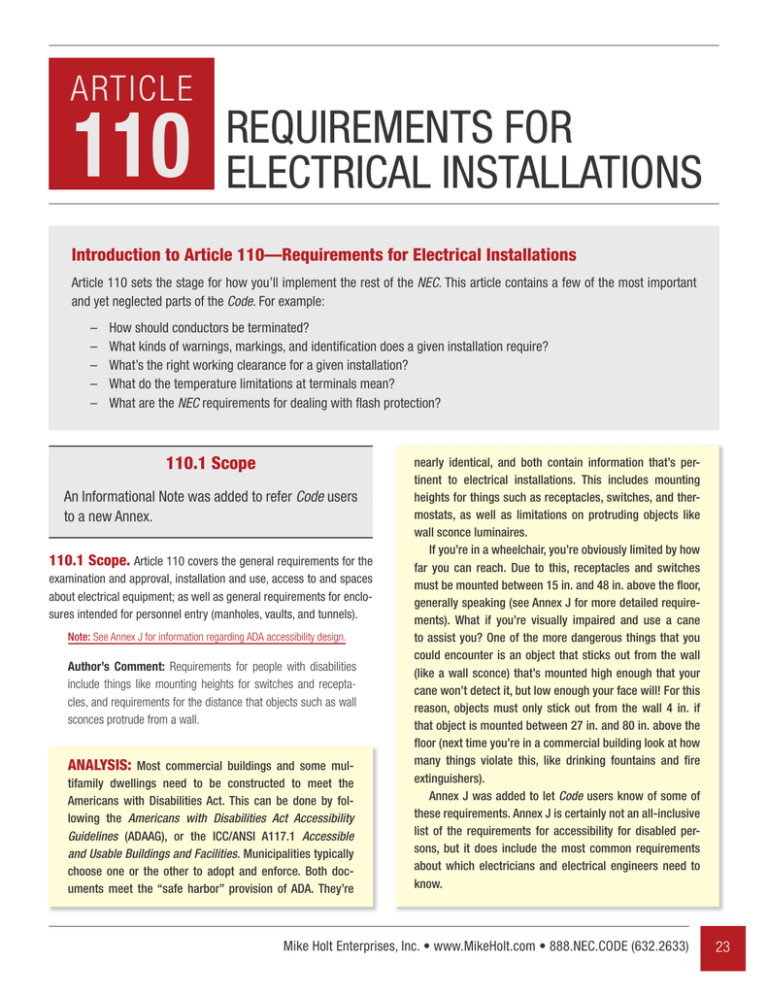



Sample Pages
In summary, electrical panels can be located anywhere other than in bathrooms, clothes closets, above steps of a stairway or in fire rated partitions or area separation walls as long as the proper working clearances are provided per NEC , and the enclosure type is suitable for the application (ie NEMA 3R ifHi, My first post!Answer No The National Electrical Code Section (A) Working Space states in part, "Working space for equipment operating at 600 volts, nominal, or less to ground and likely to require examination, adjustment, servicing, or maintenance while energized "



Eaton Com



Teces Org
Work Space and Guarding The requirements of are conditional, just like the requirements in ;This double the working clearance and minimum clearance to the entrance from the electrical equipment provides the ability to step back into the "double" working space zone provided and effectively egress out the opening without having to traverse through the working space clearances as defined in section (A)(1)Location Michigan #2 The entrance does not have to be directly in front of the electrical equipment Per section (2) (a) it has to be continuous and unobstructed An example of a violation would be the electric equipment positioned in a room where working space would be behind the equipment where you could be trapped




Adequate Clearance Electrical Inspections Internachi Forum



Mikeholt Com
My question is regarding working clearances for disconnect switches I am aware of the NEC Table (A)(1) which requires a depth of 42 inches in front of the disconnect switch But what is the requirement of a flat, even surface for the person to stand?I agree you will still need working clearances in front of it I have seen many pump rooms with piping above the controller Reply sean 4/2/ am I am looking at the handbook for NEC Section (E)1(c)NEC (A) (2) states that "the width of the working space in front of the electrical equipment shall be the width of the equipment or 762 mm (30 in), whichever is greater" In addition, this work space shall permit at least a 90degree opening of the panelboard door



Working Space About Electrical Equipment 110 26 Nec




Nec 110 26 Working Space Exemptions Jobs Ecityworks
NEC Workig Clearance Requirements NEC Workig Clearance Requirements enverd (Electrical) (OP) 7 Reviewing A1 and associated table the working space depth is clear on its requirementsAs shown in Table 10 of Chapter 9, must be identified for the conductor class Figure 110–6 12 Mike Holt's Illustrated Guide to Essential Rules of the National Electrical Code, Based onNEC It is obvious from reading and that working space has three dimensions (a cube) that consists of depth (according to the table), width, and height This can be visualized as a large box, carton or crate that consists of the required dimensions The depth and width of the working space can beThe installation must also meet ventilation and clearance to combustible requirements found in 4509 and (A) The new requirements found in (A)(4) are a very useful, practical and navigable addition to what was previously included in this portion of the code
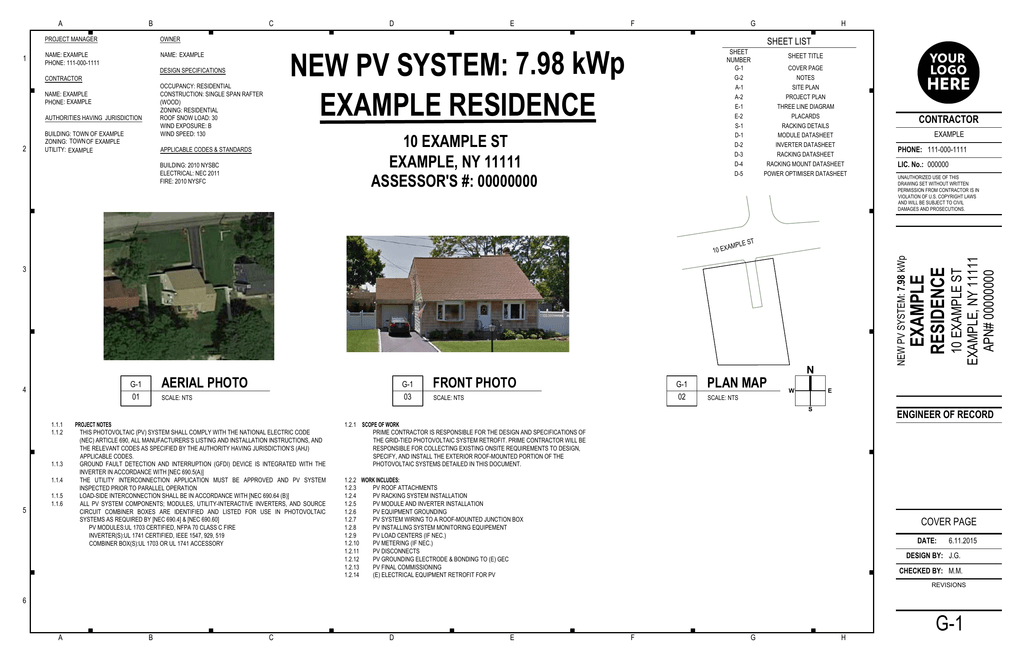



Example Pdf Manualzz




Working Space Requirements For Electrical Panelboards Iaei Magazine
Mike Holt Enterprises, Inc • wwwMikeHoltcom • 8NECCODE () 23 ARTICLE 110 REQUIREMENTS FOR ELECTRICAL INSTALLATIONSQuestion Is working clearance in accordance with NEC Section (A) required for dry type transformers?Of the National Electrical Code (NEC) 1) at least a 3ft clearance in front of all electrical equipment;




Requirements For Electrical Installations Pdf Free Download



Mikeholt Com
NFPA 70 (NEC) Table (A)(1) The working space for Condition 2 (Exposed live parts on one side of the working space and grounded parts on the other side) is 3'6 for V This would apply to the circuit breaker and electrical power enclosure There should be clearance to open the doors on the generator for servicingWork Space and Guarding The requirements of are conditional, just like√70以上 nec working clearance table If you have equipment 1,0A or greater, more than 6 feet wide, you also must have an entrance to/egress from the working space at each end of the working space (2) If you have double the required work space (7 feet in this instance)Minimum clearances in front of electrical equipment (600 V (now V) or more);




Techtopics No 79 Techtopics Siemens Usa



1
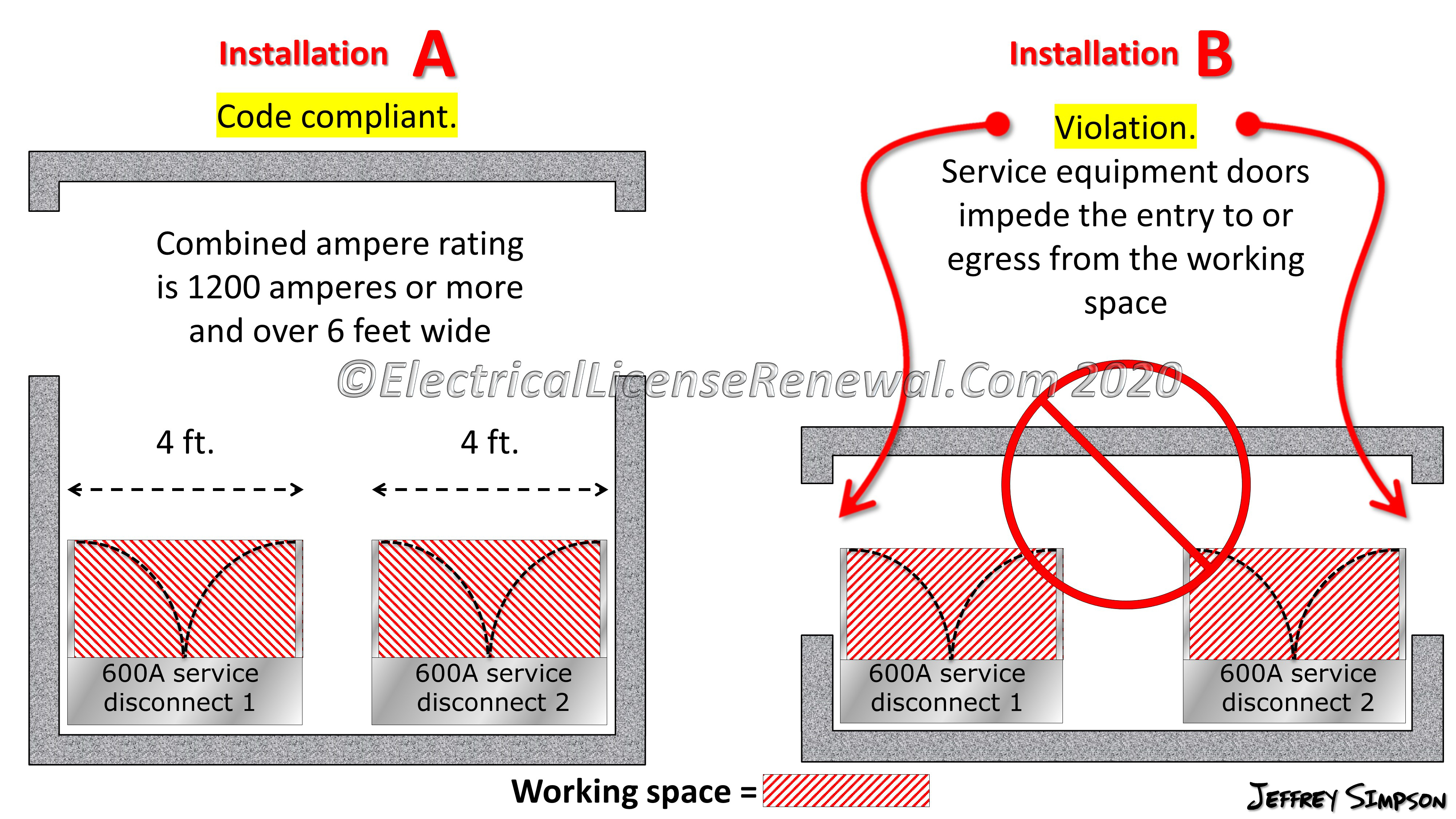



110 26 C 2 Large Equipment




110 32 Workspace About Equipment




Dedicated Equipment Space Nec 110 26 E 1 And E 2 Part 1 Of 3 Youtube




Dedicated Equipment Space Nec 110 26 E 1 And E 2 Part 1 Of 3 Youtube



Mikeholt Com



Panel Clearances Electrician Talk




Where Can Panelboards And Load Centers Be Located In My Building Wgi



Mikeholt Com



Rockymountainpower Net




110 26c2 Spaces About Electrical Equipment 1 Engineer Educators Com




Nec Working Clearance Youtube




Electrical Panel Equipment Working Space Clearance Distances U S Nec Article 110 26



Ltrc Lsu Edu
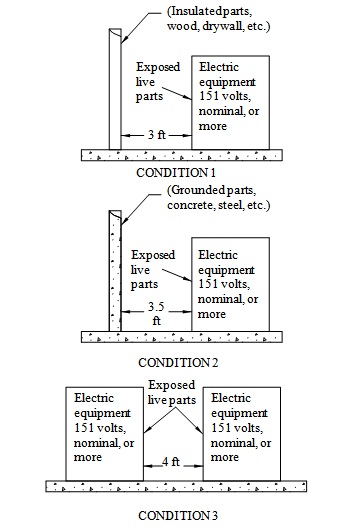



Consulting Specifying Engineer Integrated Design Of Electrical Rooms




Working Space About Electrical Equipment Nec 14 110 26 23min sec Youtube



Mikeholt Com




Adequate Workspace Keeps Electricians Safe Ec M



Teces Org



Working Clearance Electrician Talk




Entrance To And Egress From Working Space Single Entrance Option 110 26 C 2 A



Working Clearance Electrician Talk



Ltrc Lsu Edu



Spacing For Manual Transfer Switch Diy Home Improvement Forum




General Installation Requirements Part Xxii Electrical Contractor Magazine




Nec 110 26 Working Space Exemptions Jobs Ecityworks




Current Affairs Keep In The Clear Engineered Systems Magazine




Working Space Requirements For Electrical Panelboards Iaei Magazine
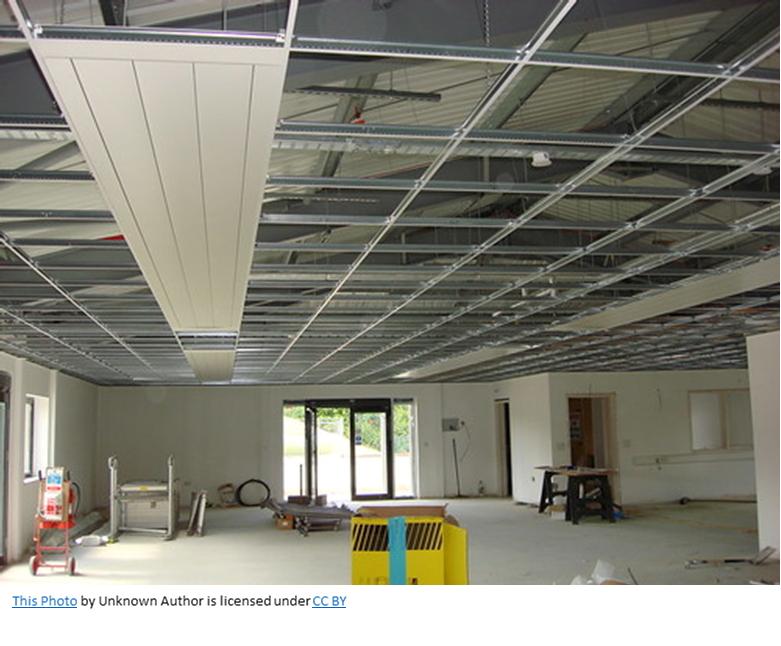



New Rules For Spaces With Limited Access Nec 17 110 26 A 4 Jade Learning




Adequate Clearance Electrical Inspections Internachi Forum



Art109




15 Virginia Residential Code Icc Digital Codes



Ltrc Lsu Edu
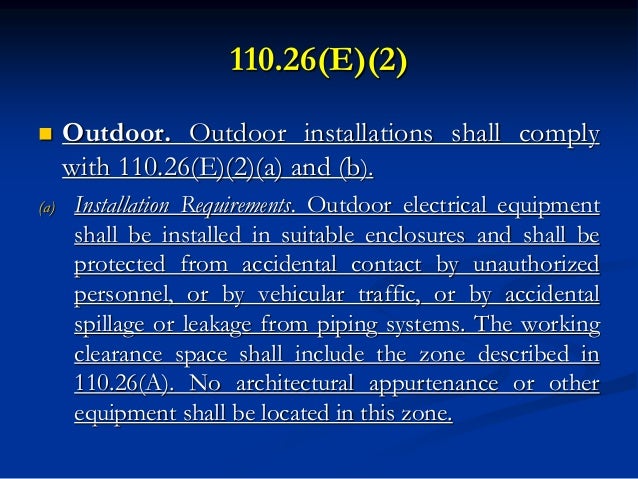



Nec And Oesc 1




General Installation Requirements Part Xx Electrical Contractor Magazine




Requirements For Electrical Installations Pdf Free Download
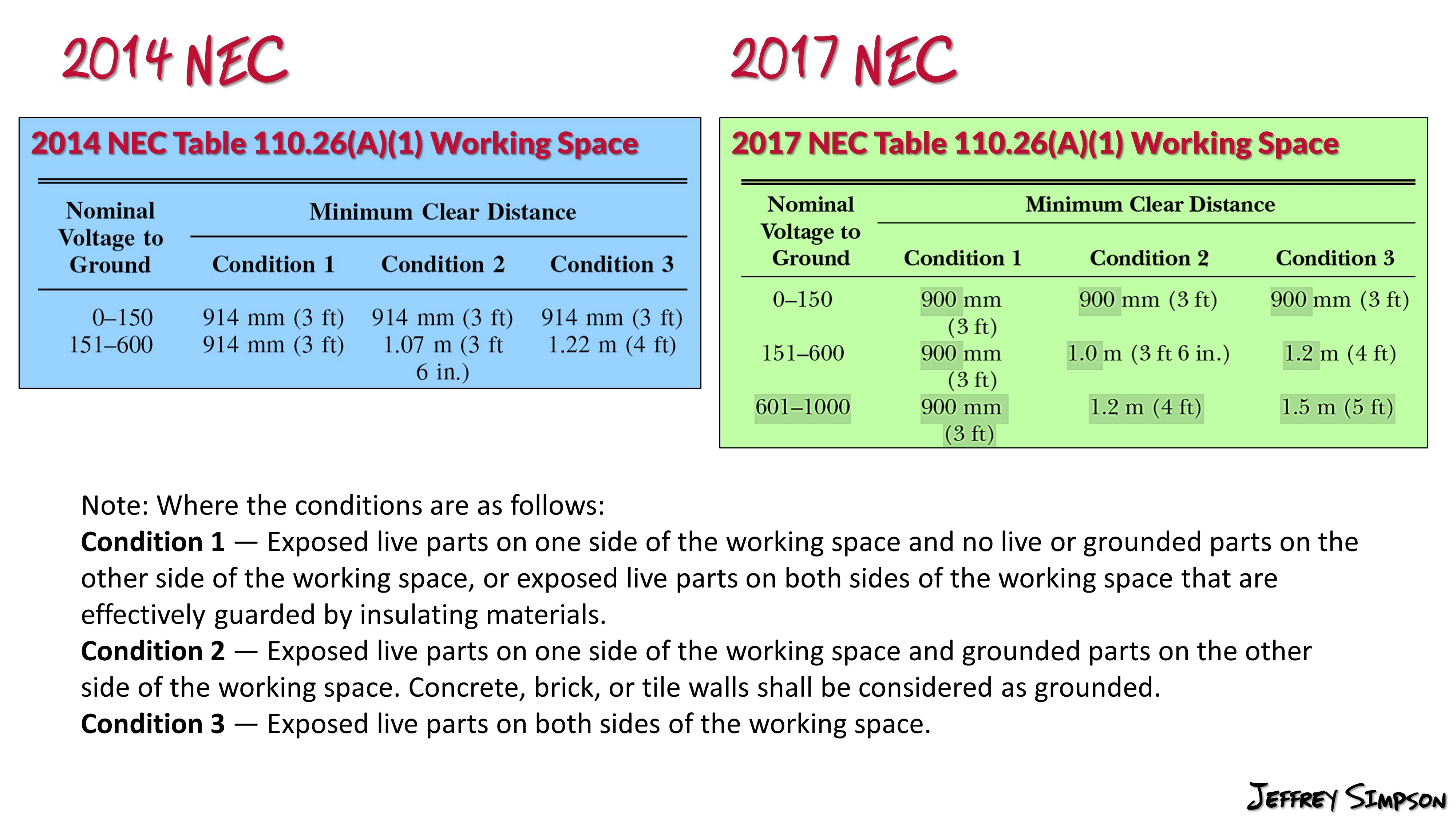



Table 110 26 A 1 Working Spaces




Adequate Workspace Keeps Electricians Safe Ec M




How Much Working Space Is Enough Ec M



Mikeholt Com




Working Space For Electrical Equipment Iaei Magazine



Teces Org



1



Mikeholt Com
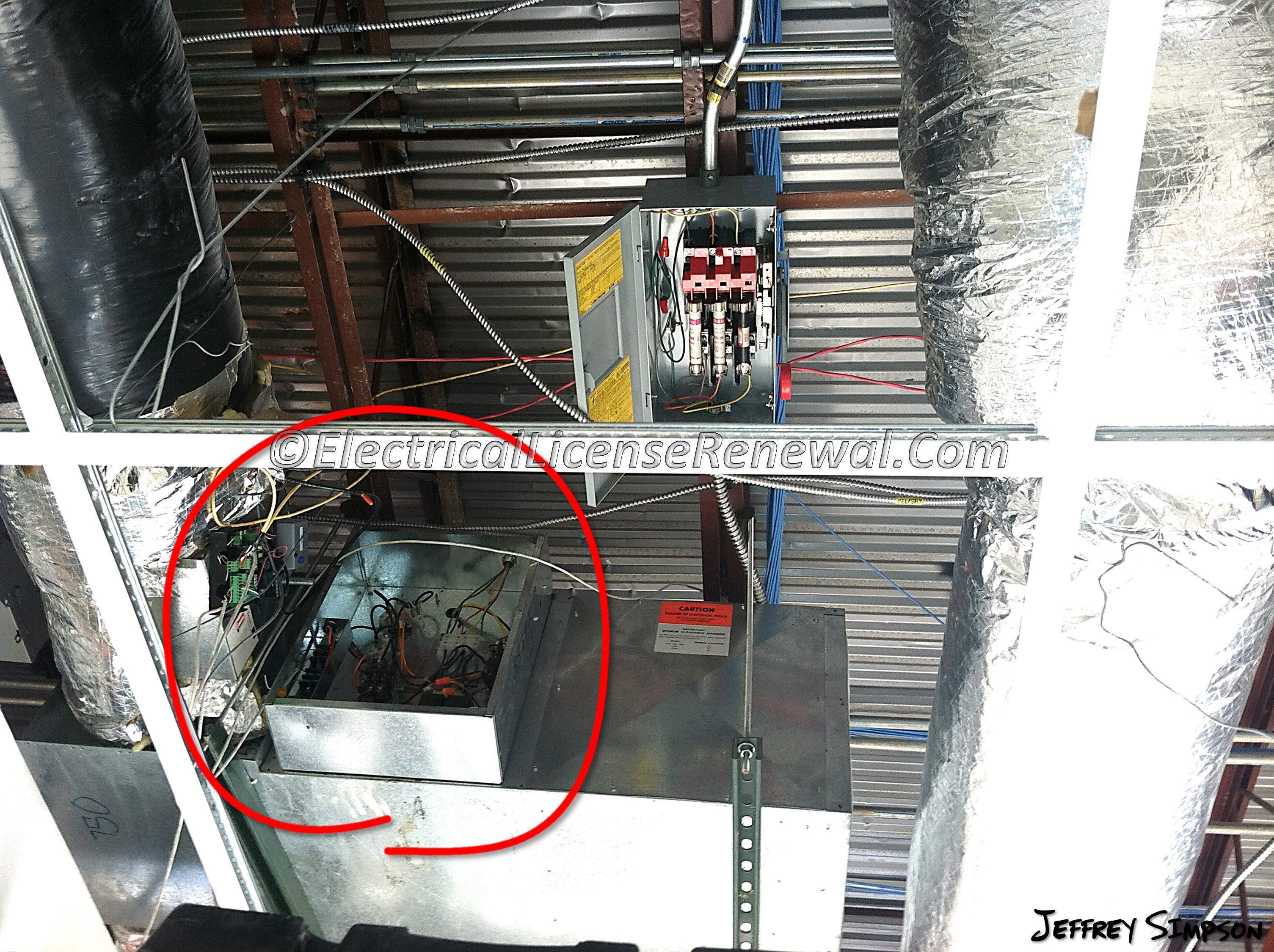



110 26 A 4 Limited Access




General Installation Requirements Part Xxxv Article 110 Electrical Contractor Magazine




Working Space Requirements For Electrical Panelboards Iaei Magazine




Electrician Services 帖子 Facebook




Adequate Workspace Keeps Electricians Safe Electrician Work Space Electrical Installation



Working Clearance Electrician Talk




Minimum Clearance Around Electrical Panels Carrying 600 Volts Or Less Mysafetysign Blog



Panel Clearances Electrician Talk




Entrances To And From For Electrical Equipment Rooms And Pages 1 39 Flip Pdf Download Fliphtml5




Electrical Panel Equipment Working Space Clearance Distances U S Nec Article 110 26




Working Space Requirements For Electrical Panelboards Iaei Magazine
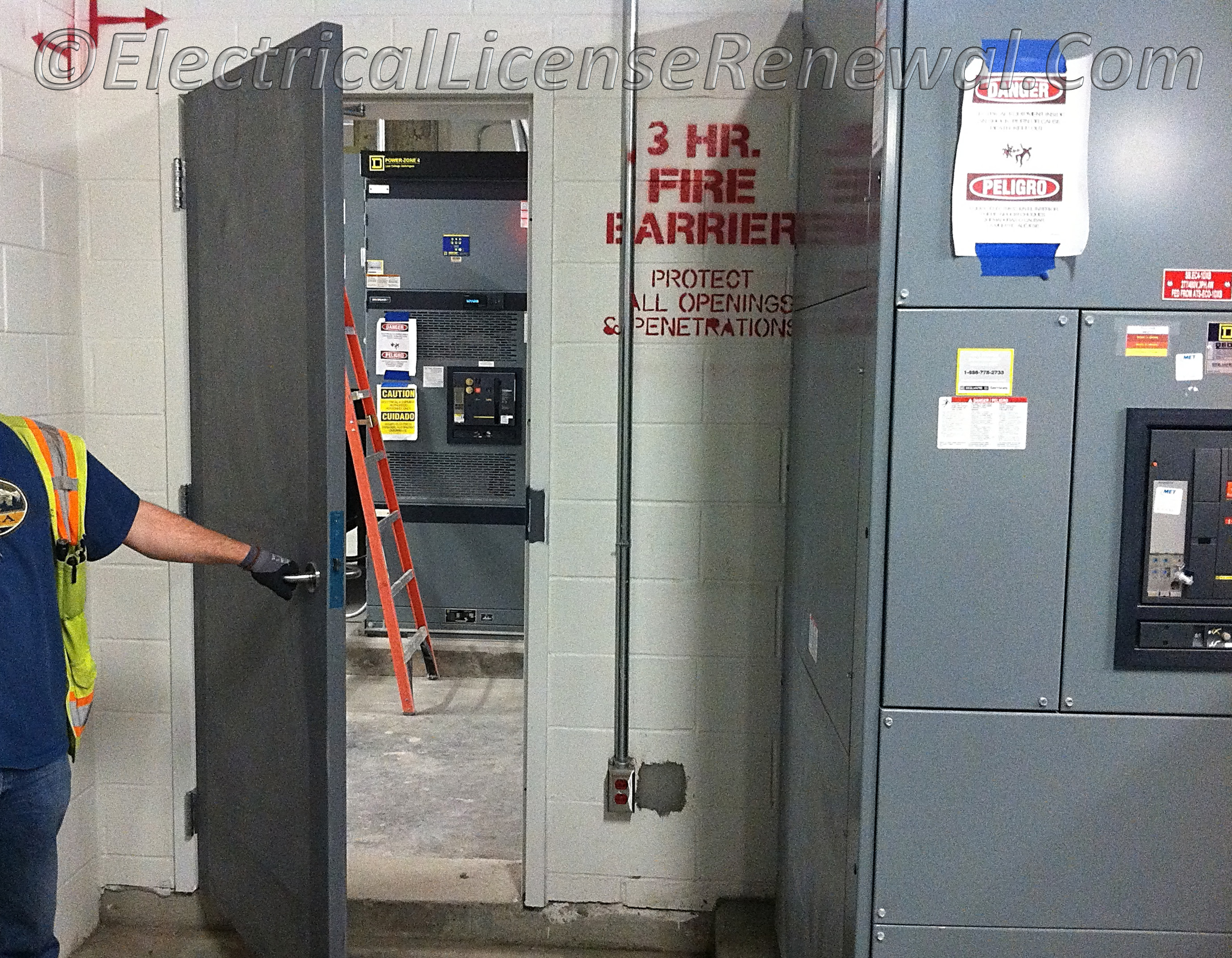



110 26 C 3 Entrance To And Egress From Working Space Personnel Doors




Working Space For Electrical Equipment Iaei Magazine




Afpm Summit Nec Revision Reduced Risk For Electrical Workers
.jpg?width=900&name=Electrical%20Room%20(2).jpg)



Nec Article 110 34 Electrical Room Basics Electrical Equipment Rated At 1 000 V Or More Article 3 Of 3



1




Analysis Of Changes 17 Nec Iaei Magazine



2 8 2 Training Of Safety



Seips Tech Tips Workspace Clearances For Solar Pv Systems Sei Professional Services




5 Nec Questions Based On The 14 Nec By Mike Holt Texas Electrical Excel




Electrical Code Academy Inc Blog Master The Nec Entrance To And Egress From Working Space Single Entrance Option 110 26 C 2 A




Nec 110 26 Working Space Exemptions Jobs Ecityworks




General Installation Requirements Part Xxxv Article 110 Electrical Contractor Magazine



Eaton Com




Working Space Requirements For Electrical Panelboards Iaei Magazine




Electrical Panel Working Space Access The Garage Journal
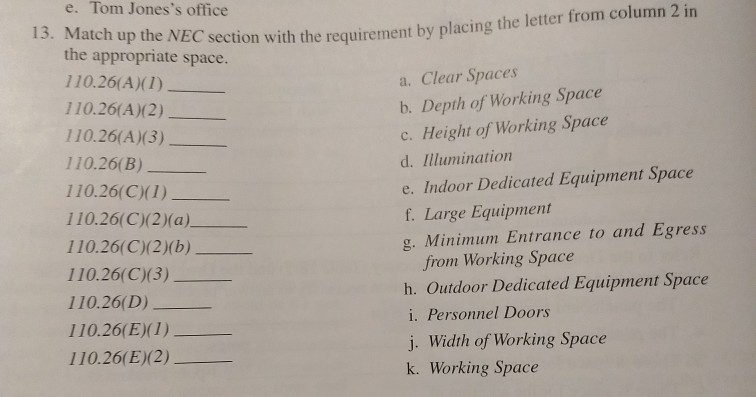



Solved E Tom Jones S Office 13 Match Up The Nec Se Ction Chegg Com
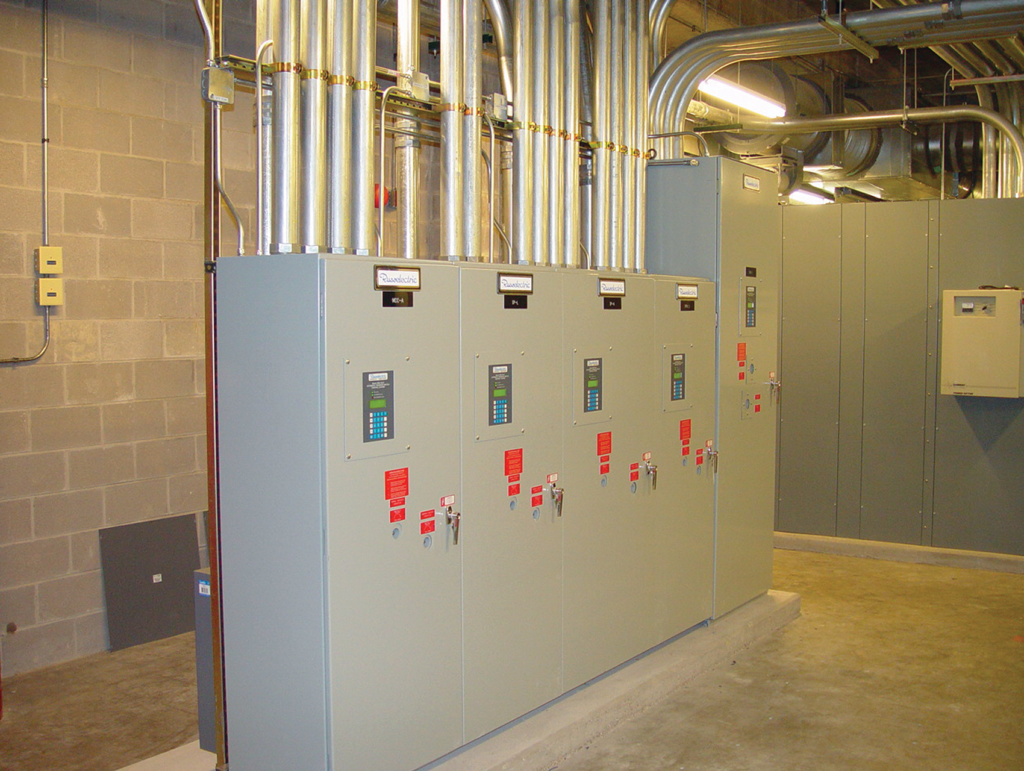



Working Space For Electrical Equipment Iaei Magazine




General Installation Requirements Part Xxv Electrical Contractor Magazine



No comments:
Post a Comment